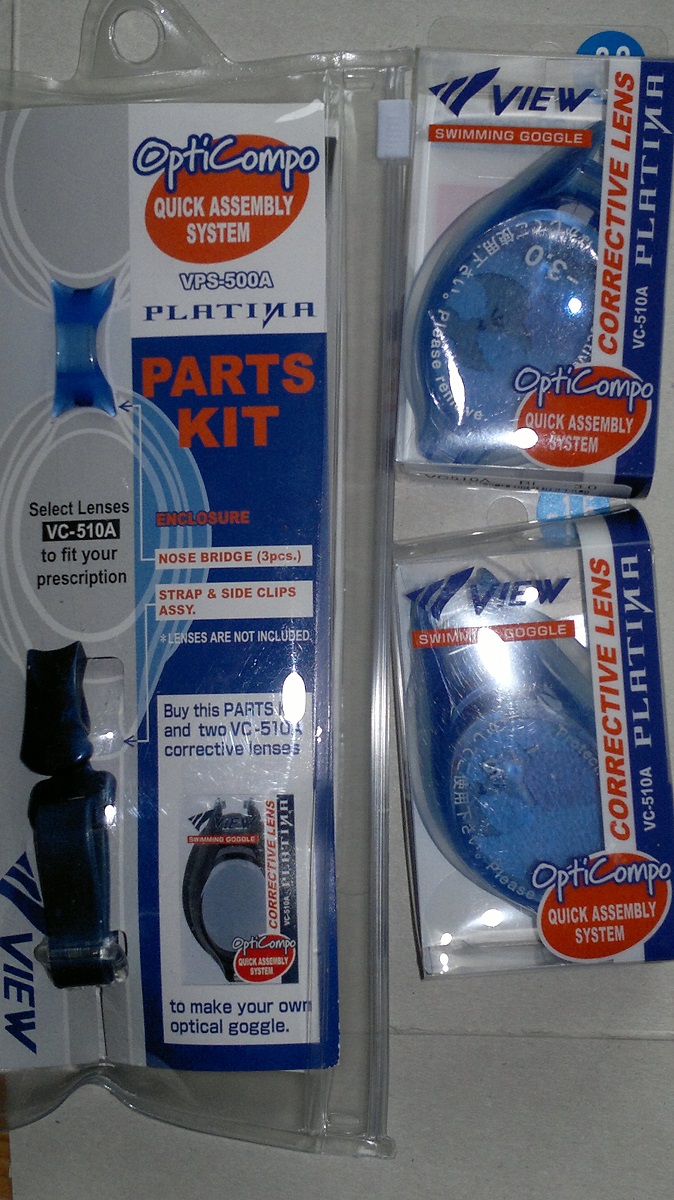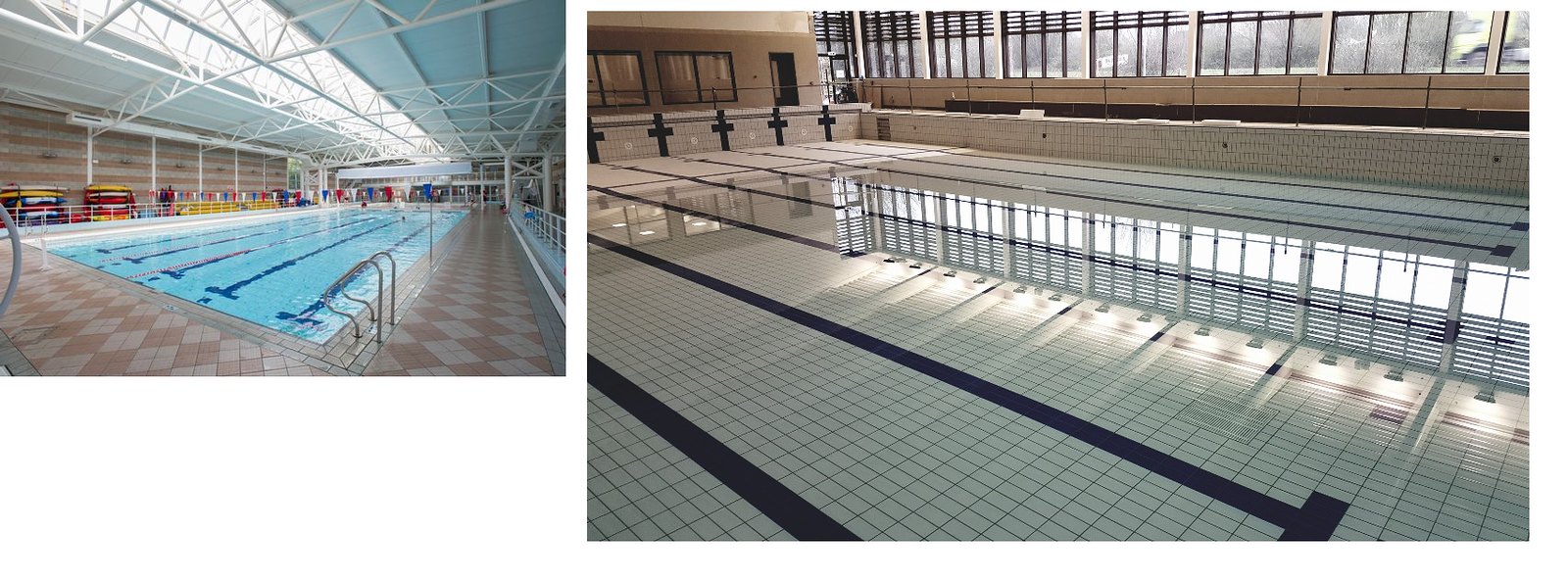Tried Series 2 Apple watch today swimming, worked really well... though I slightly miss the always on readout of old garmin swim watch.
Best bit was heart rate monitoring. It know from last night my resting heart rate (I'm 45) is around 54. During swim I think it averaged 141bpm. I recovered quite quick after swim but it's taken all morning so far to get into low 60s
https://cardiogr.am/c/zw3gtx
You can see above about half way into swim at 50 lengths I tucked in behind a crawler and got a tow for the rest, my heart rate dropped off proving I'm cheating.
I think this is going to be a great tool , plus it was quite surreal going through my work emails when showering after
, plus it was quite surreal going through my work emails when showering after 
Best bit was heart rate monitoring. It know from last night my resting heart rate (I'm 45) is around 54. During swim I think it averaged 141bpm. I recovered quite quick after swim but it's taken all morning so far to get into low 60s
https://cardiogr.am/c/zw3gtx
You can see above about half way into swim at 50 lengths I tucked in behind a crawler and got a tow for the rest, my heart rate dropped off proving I'm cheating.
I think this is going to be a great tool
 , plus it was quite surreal going through my work emails when showering after
, plus it was quite surreal going through my work emails when showering after 
Last edited:




 ) johnson's at the pool for hair, so I can try that out -
) johnson's at the pool for hair, so I can try that out - 